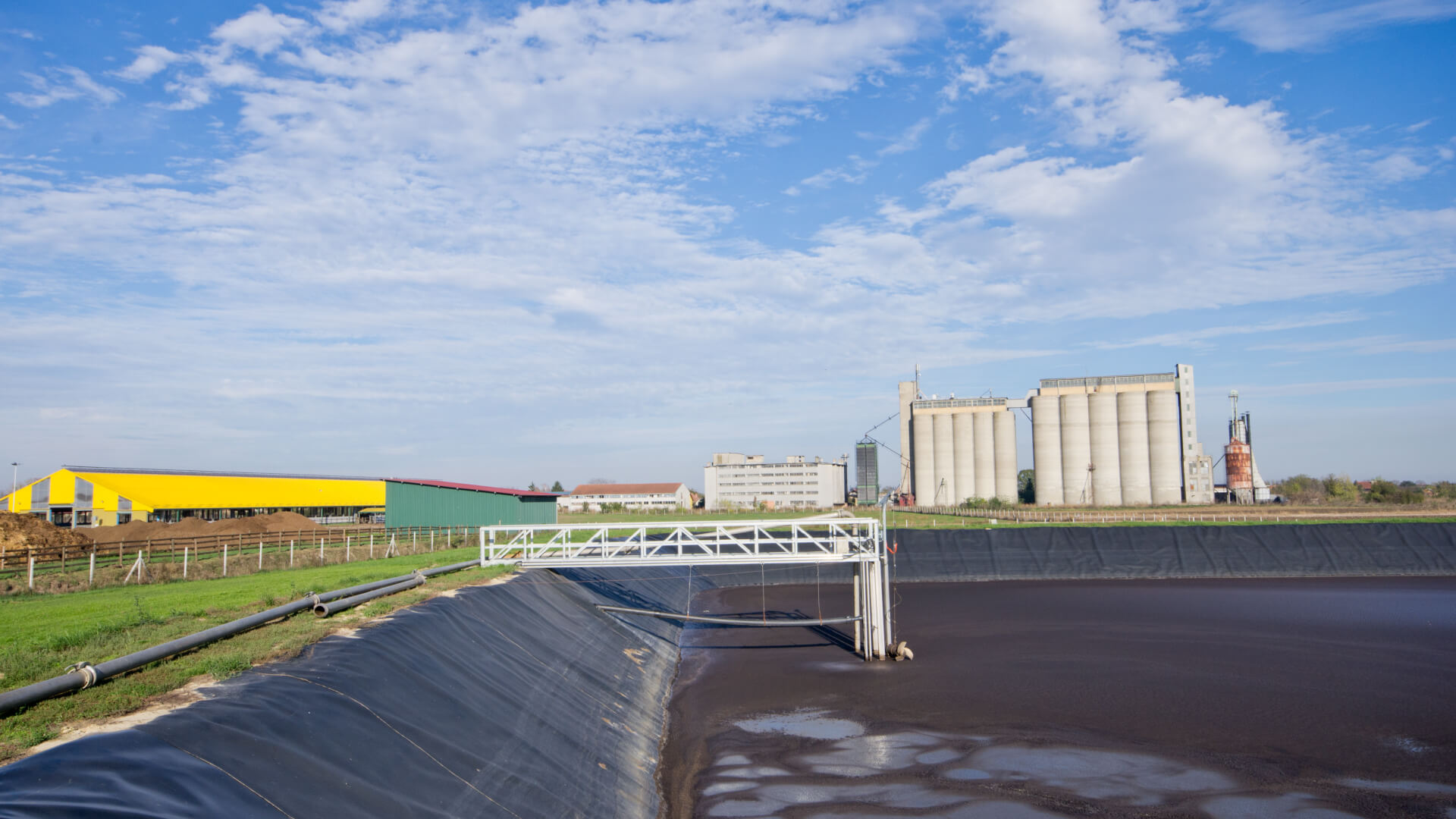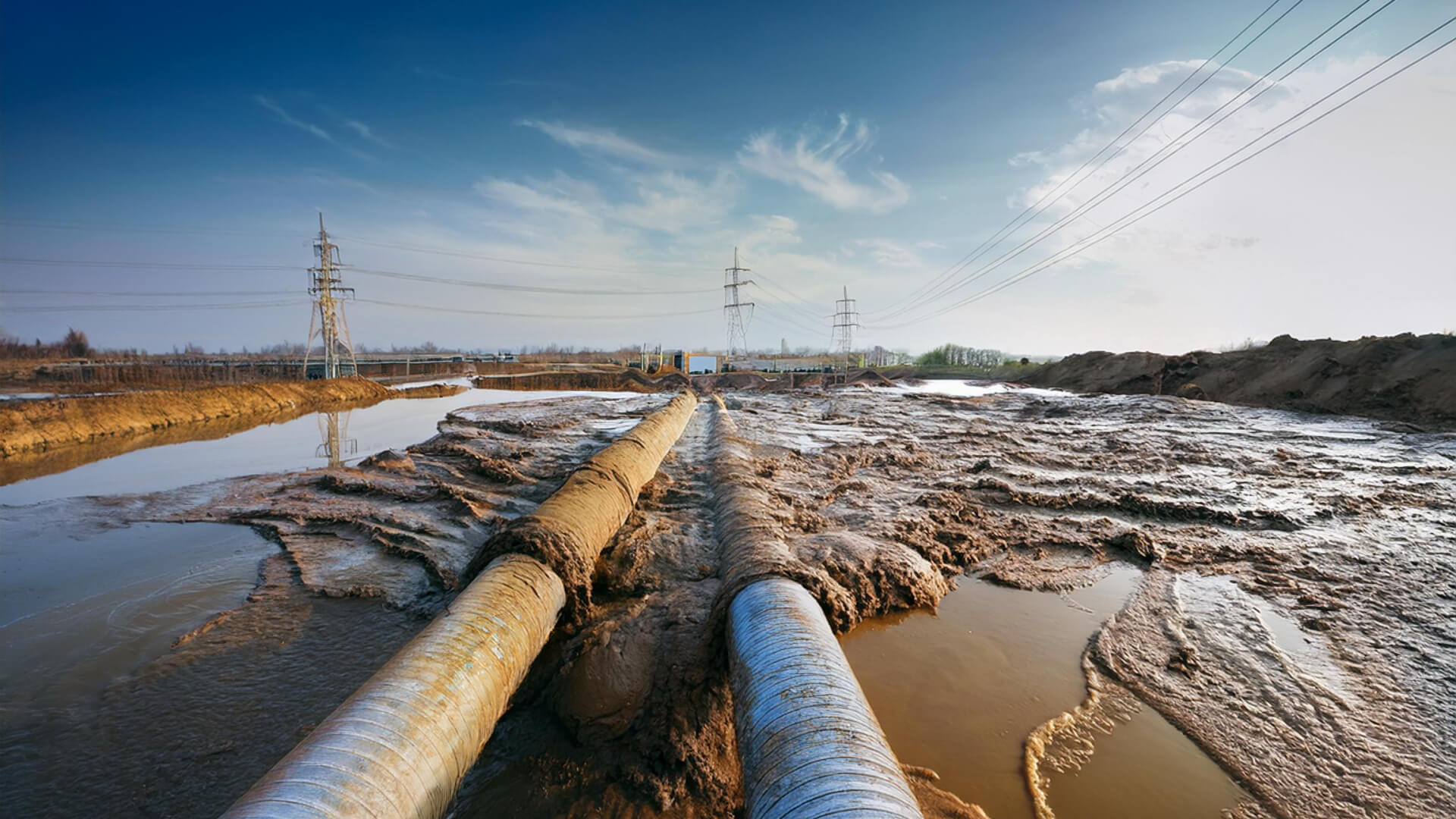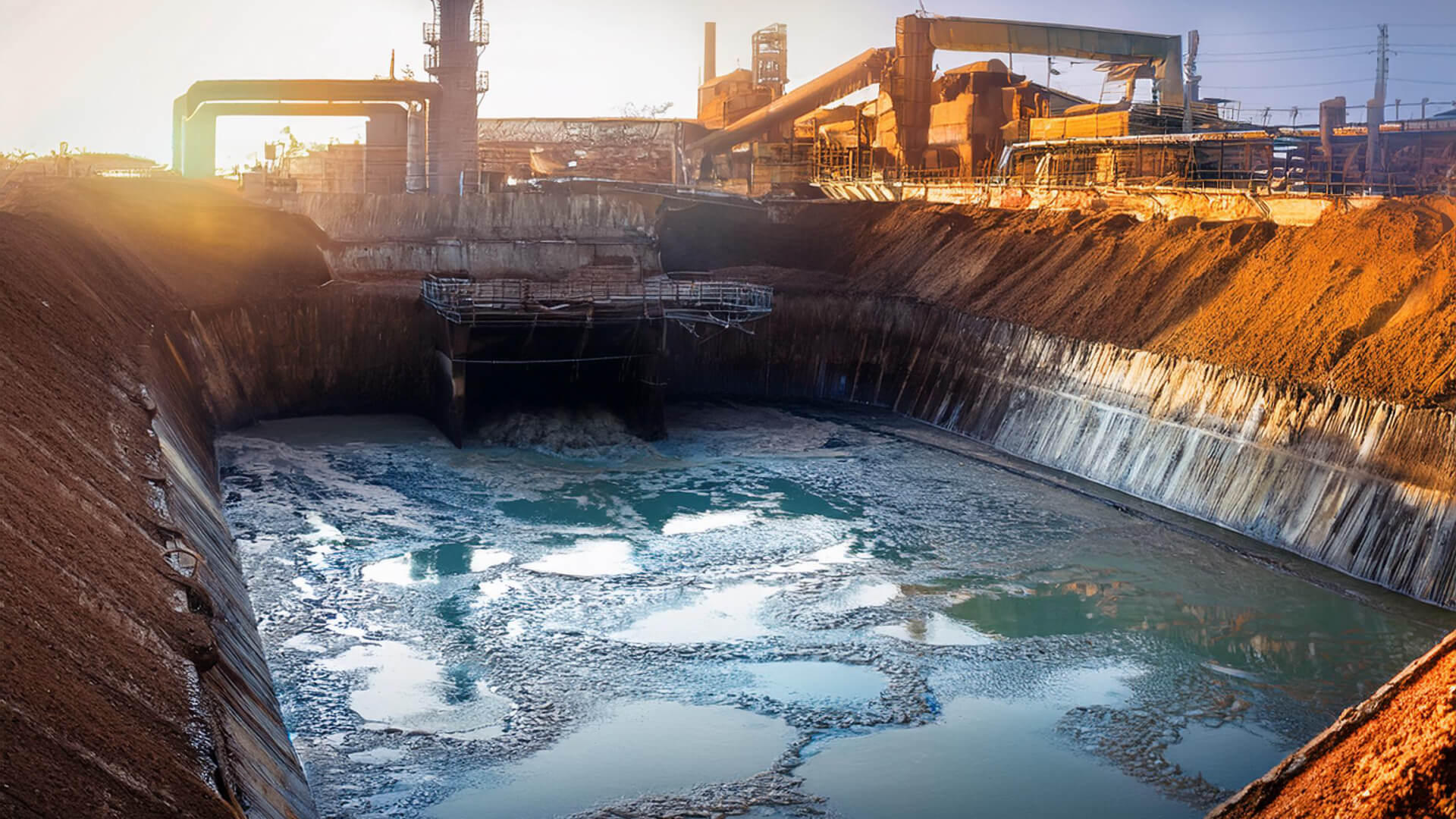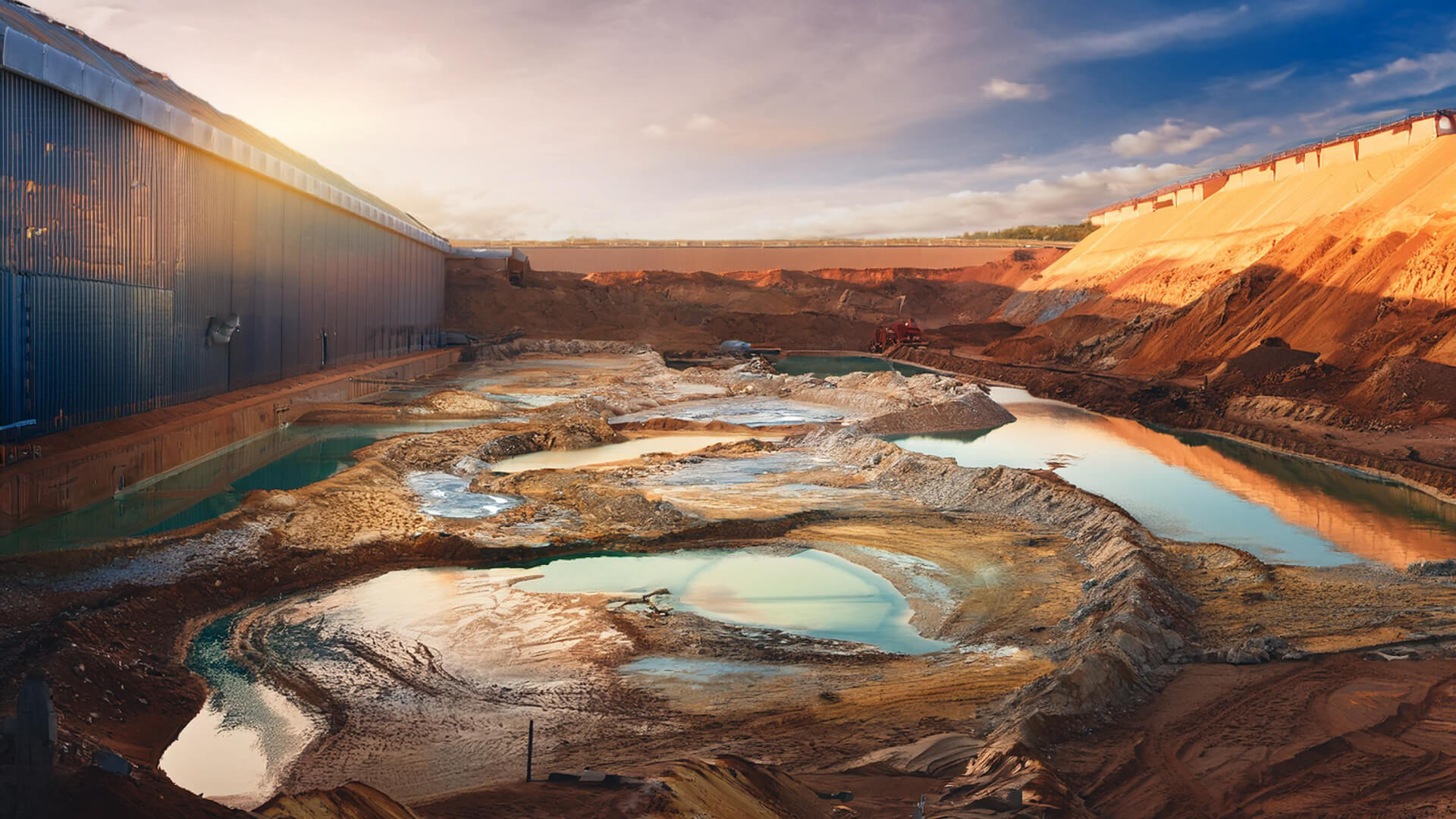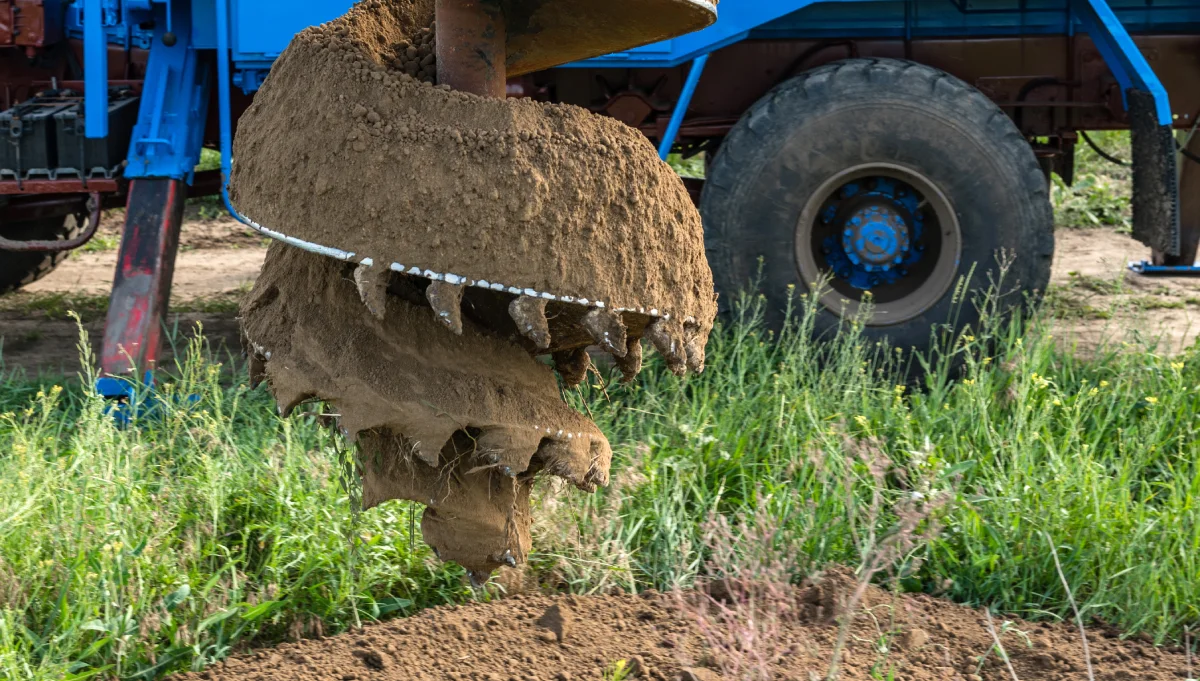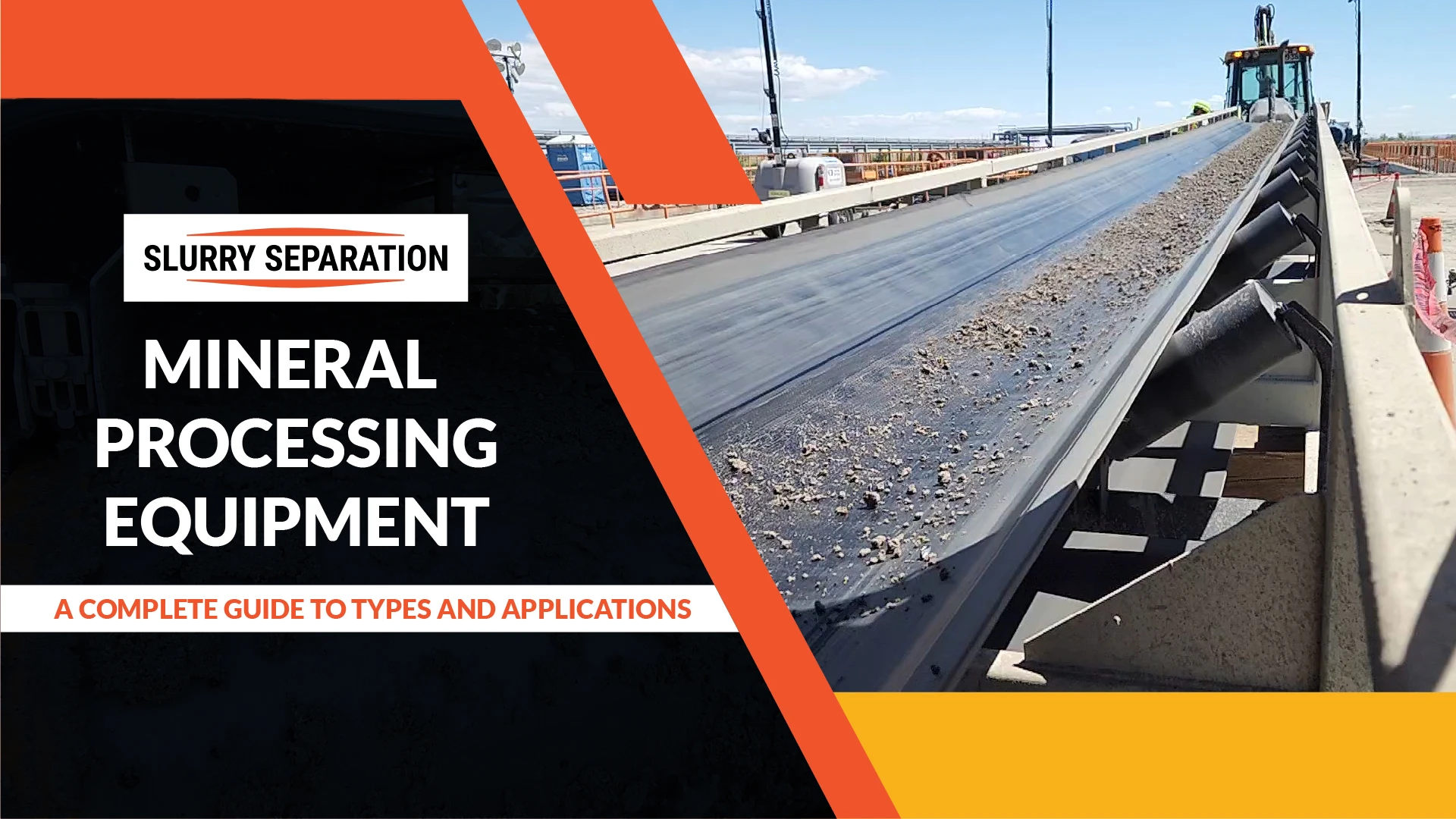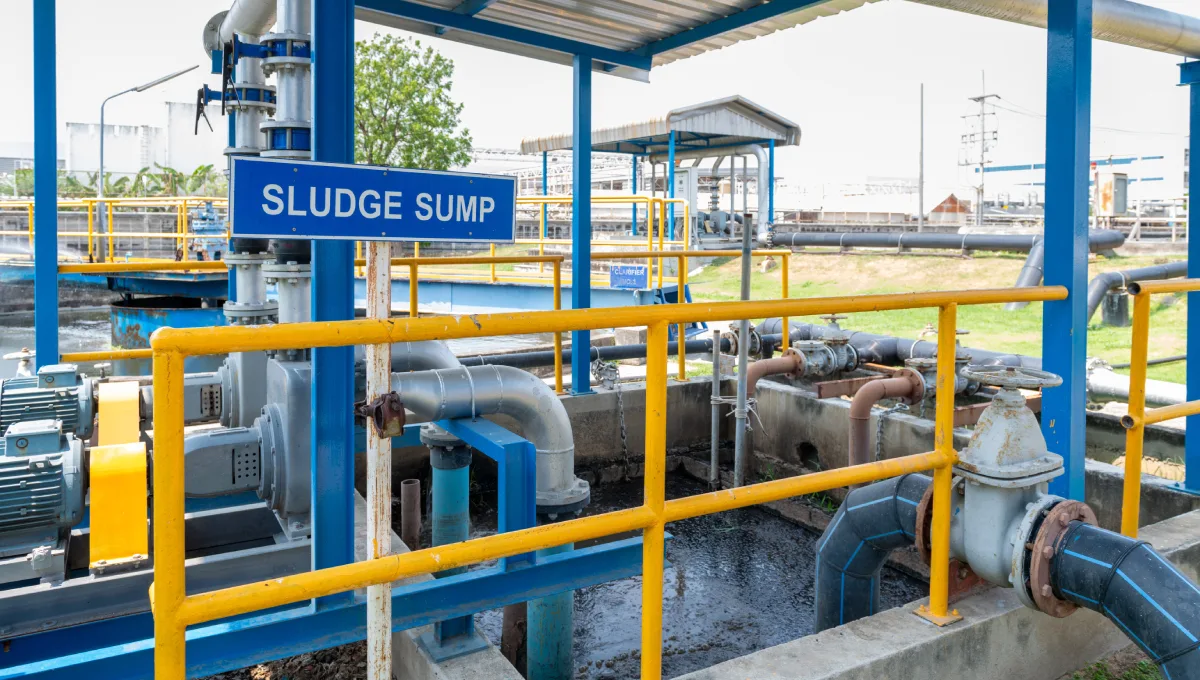- Understanding the Basics of a Slurry Pit
- Common Issues Faced with Slurry Pits
- Troubleshooting Blockages in Slurry Pits
- Dealing with Slurry Thickening or Solidification
- Addressing Equipment Malfunctions
- Controlling Odor and Gas Emissions
- Preventive Maintenance Tips for Slurry Pits
- When to Call a Professional for Help
- Conclusion
Slurry pits are essential components in both agricultural and industrial settings, providing efficient storage and management of liquid waste materials. What is a slurry pit? In agricultural applications, slurry pits store a mixture of manure, water, and other organic materials, while in industrial contexts, they contain various slurry compositions from production processes. Properly managing a slurry pit is crucial for both operational efficiency and environmental safety. Failure to do so can lead to significant problems, including blockages, equipment failure, and hazardous gas emissions. In this article, we’ll address what a slurry pit is and some of the most common issues faced with slurry pits, along with troubleshooting tips to help you keep your system running smoothly.
Understanding the Basics of a Slurry Pit
What is a slurry pit?
A slurry pit is a containment system designed to hold liquid waste materials, typically a combination of water and organic or industrial waste. What is a slurry pit used for? Slurry pits are commonly found on farms, where they store manure, but they are also used in various industries to manage liquid waste byproducts. What is a slurry pit in industrial applications? In these contexts, it serves to organize and store slurry produced during different processes. One specific type of slurry pit found in construction is the concrete slurry pit, which stores waste from concrete operations. Understanding what is a slurry pit and how it functions is essential for managing waste effectively in both agricultural and industrial settings.
Key components of a slurry pit system
A slurry pit system consists of the pit itself, pumps, agitators, and valves. The pit stores the slurry while pumps move it through the system. Agitators prevent the material from thickening or settling. Valves control the flow and direction of the slurry, ensuring that both traditional and concrete slurry pits operate efficiently.
The role of slurry pits in waste management and storage
Slurry pits are vital for the safe storage of waste, helping to prevent pollution and allowing for the controlled release or reuse of slurry in agricultural applications, such as fertilizing fields. In industrial settings, slurry pits play a critical role in managing liquid waste to avoid environmental contamination. Whether you’re dealing with manure or a concrete slurry pit, ensuring proper waste management is key to preventing issues down the line.
Common Issues Faced with Slurry Pits
Managing a slurry pit can be challenging, particularly when common issues arise. Below are some of the most typical problems:
- Blockages: Debris, fibrous materials, or other foreign objects can block the pipes, pumps, or valves, preventing the slurry from flowing properly.
- Slurry thickening or solidifying: Inadequate agitation or improper water-to-slurry ratios can cause the slurry to thicken or solidify, making it difficult to pump or process.
- Equipment malfunction: Pumps, agitators, and valves can fail over time, leading to operational downtime.
- Odor and gas emissions: Improper slurry pit management can cause unpleasant odors and the release of harmful gases like methane and ammonia.
Troubleshooting Blockages in Slurry Pits
Identifying the causes of blockages
Blockages typically occur due to the accumulation of debris, fibrous materials (such as straw or undissolved solids), or the build-up of thickened slurry. Identifying the cause early is crucial to preventing more extensive damage to the system, especially in a concrete slurry pit where solid particles can quickly lead to clogs.
Steps to clear blockages safely
To clear blockages, start by shutting down all equipment to avoid accidents. Once the equipment is off, inspect the affected area and manually remove any debris or material causing the blockage. Use proper protective gear and follow safety protocols to avoid exposure to harmful gases or liquids from the slurry pit.
Preventive maintenance tips to avoid future blockages
Implement regular cleaning and inspection schedules to prevent blockages. Installing screens or filters at key points in the slurry system can help catch debris before it enters the pipes or pumps. Also, monitor the consistency of the slurry in your slurry pit and ensure proper agitation to prevent thickening.
Dealing with Slurry Thickening or Solidification
Causes of slurry thickening
The slurry can thicken if there is insufficient water content or if the pit’s agitator is not functioning properly. Over time, the slurry may settle, forming a solid layer at the bottom of the pit. This is especially common in a concrete slurry pit, where heavy particles can settle more rapidly.
Troubleshooting methods to restore proper slurry consistency
If the slurry thickens or solidifies, try adding more water to the slurry pit and increasing the agitation. In some cases, specialized chemicals can be used to break down solidified material. For industrial slurry pits, ensure that the appropriate ratio of liquid to solids is maintained, as different types of slurry may require varying levels of water content.
Best practices for managing slurry viscosity
Mix and agitate the slurry regularly to prevent thickening. Ensure that agitators are in good working condition and that pumps are capable of moving the slurry at the correct flow rate.
Addressing Equipment Malfunctions
Common slurry pit equipment failures
Pump breakdowns, agitator malfunctions, and valve failures are the most common equipment failures in slurry pits. If addressed promptly, these problems can prevent operations from continuing completely.
Troubleshooting steps
Begin by inspecting the equipment for any visible signs of wear, damage, or clogging. Test the equipment to ensure it is receiving power and functioning as expected. If a part is broken, consider repairing or replacing it with a higher-quality, more durable component suitable for the demands of a slurry pit or concrete slurry pit.
Importance of routine equipment checks and maintenance
Regular inspections and maintenance are essential for preventing equipment failures. Follow the manufacturer’s recommended maintenance schedule, including lubricating moving parts, replacing worn-out seals, and cleaning the system regularly.
Controlling Odor and Gas Emissions
Causes of unpleasant odors and harmful gas emissions
Odors and gas emissions are usually the result of decomposing organic material in the slurry. Poor aeration and infrequent agitation can cause gases like methane and ammonia to build up, leading to foul smells and potential health hazards.
Troubleshooting odor control
To control odors, ensure proper aeration of the slurry pit. Aeration systems, bio-filters, and additives can help minimize odors and neutralize harmful gases. In some cases, regular agitation and mixing of the slurry may be enough to reduce gas build-up.
Safety protocols for handling gas build-up
When working near slurry pits, always be aware of the potential for harmful gases. Install gas detection systems and provide proper ventilation in enclosed spaces. Never enter a slurry pit without safety equipment, as gas levels can be dangerously high.
Preventive Maintenance Tips for Slurry Pits
Regular inspection schedule
Create a routine inspection schedule to check for blockages, equipment malfunctions, and gas build-up. Early detection of problems can prevent more significant issues.
Equipment cleaning and servicing
Clean pumps, agitators, and valves regularly to keep them functioning at peak performance. Proper servicing of all equipment ensures a longer lifespan and minimizes downtime, whether for a traditional slurry pit or a concrete slurry pit.
Monitoring slurry levels and consistency
Consistently monitor slurry levels and viscosity. Adjust water content and agitation as needed to maintain the appropriate consistency and prevent solidification.
When to Call a Professional for Help
Indicators that require professional intervention
If blockages, equipment failures, or gas emissions persist despite troubleshooting efforts, it may be time to call a professional. Experts can diagnose more complex issues and recommend solutions that you might not be aware of.
Benefits of hiring slurry pit management services
Professional slurry pit management services can provide preventive maintenance, emergency repairs, and long-term solutions that help you avoid costly downtime and environmental hazards.
Conclusion
Maintaining a slurry pit is crucial for both operational efficiency and environmental safety. By regularly inspecting and maintaining your slurry pit, you can avoid common issues like blockages, equipment failures, and gas emissions. Proactive care will not only save time and money but also ensure the system’s long-term performance. Keep these troubleshooting tips in mind to manage your slurry pit effectively and prevent potential problems from escalating into larger issues.


